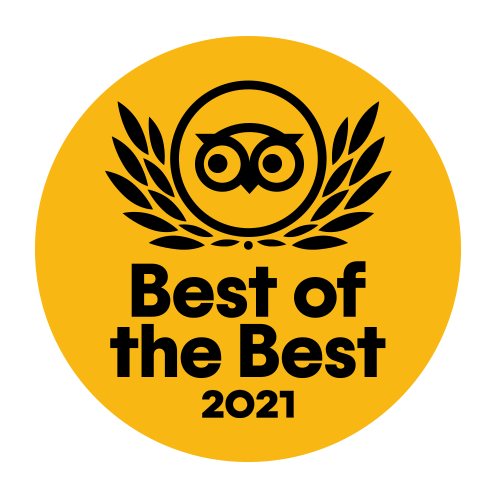Sustainability
Why are the oceans important?
Climate
You may have heard before that the warming of the ocean is a large contributor to climate change, but we’re going to delve into some more detail on this topic. The ocean has absorbing properties, comparable to a sponge, meaning that it can absorb excess heat in the climate system. Although this is a very useful quality, it also means that the temperature of the sea has increased by almost 1 degree celsius over the last century.
The ocean is an essential ecosystem, and any changes to its natural state can result in wildlife disruptions.
On a more human level, the ocean is also an incredible resource for our physical and mental health. Spending time by and in the sea is a relaxing, inspiring and sometimes healing process.
Ocean sustainability is all about approaching ocean management in a way that protects it and the services it provides. The oceans are essential to planet earth, and the coastal areas, in particular, contain a wide range of different habitats and ecosystems.
Are there protected areas in international high seas now established?
The establishment of protected areas in international waters is still poorly regulated in the law of the sea. There is currently no institution in existence with powers to protect an international sea area from top to bottom; in other words, from the water surface to the seabed. Nor is there any legal framework in which states might reach a binding agreement to protect and refrain from using a specific area of the sea. Some coastal states have established protected areas in their national waters, but no such arrangements currently exist in the high seas.
How was the fishing exploitation eventually regulated in Europe?
For many years, the EU’s fishing fleet was far too large, but there was vehement opposition to any restriction on fishing from politicians keen not to lose votes, especially in structurally weak regions. Consequently, the annual Total Allowable Catches (TACs) set by fisheries ministers for the various species were far higher than recommended by fishery scientists, resulting in the progressive overexploitation of many stocks in EU waters. With the European Union’s new Common Fisheries Policy (CFP), fishing in the EU will henceforth be based on maximum sustainable yield (MSY). The MSY is the maximum catch that can be taken from a species’ stock over an indefinite period without jeopardizing that stock’s productivity. The aim is to regulate fishing in a way which allows fish stocks to recover, enabling them to be fished at an optimal level in future. Although discussions on how the new fisheries policy should be implemented day-to-day are still ongoing, a start has been made.
Current issues affecting oceans and sustainability
There are several significant issues affecting the ocean right now. These are all things we need to face head-on and attempt to find solutions for in the future if we ever want to have a sustainable ocean. Below, we describe some of the most pressing issues facing our waters.
Overfishing
Overfishing can obviously be devastating for marine ecosystems. There is a lot of bycatch – which is when unwanted sea creatures are captured accidentally while fishing for different species. This leads to a lot of needless and unnecessary loss of life. In addition, overfishing is bad for many people’s livelihoods. Lots of the world’s population rely on fish for protein, but it is becoming harder to access fish.
Chemical pollution
- Direct input. This is when waste is dumped directly into the ocean, whether this waste is from an oil spill or sewage disposal. Although the ocean is huge, and lots of waste will disperse evenly across the ocean, some chemicals are hydrophobic. This means they might bind to the ocean floor and remain for centuries.
- Atmospheric deposition. A lot of chemicals are released into the air, and these are known as volatile chemicals. When there are meteorological changes in air pressure, humidity or rain, some chemicals can be deposited onto the earth’s surface, including the ocean.
- Indirect exposure. There are many different types of indirect chemical exposure. This can include pesticides and herbicides running off of land into the sea or runoff water from floods getting into the ocean.
Carbon levels
An increase of carbon in the ocean results in an increase of hydrogen ions and a lower pH. This process is called ocean acidification and has many negative repercussions on marine life. One example is that shellfish and coral find it harder to build and maintain their shells, skeletons or structures.
Habitat loss and damage
- Pollution from factories and cities are damaging reefs, birds and fish
- Wetlands are being filled in for development purposes
- Inland dams are cutting off fish migration routes
- Deforestation is creating soil erosion and blocking sunlight from coral reefs
- Destructive fishing techniques like poisoning are wrecking habitats
- Tourist boats and divers are damaging fragile reefs and ocean ecosystems
How we can help the oceans
On an individual level, they suggest we can recycle our waste, fly less frequently, eat ethically and locally sourced seafood, stop using single-use plastics, and volunteer to clean up our beaches and oceans.
Recomendaciones is to buy in local markets to avoid more shipments could reduce CO2 and other substancies, buying local product help to prevent emissions.



